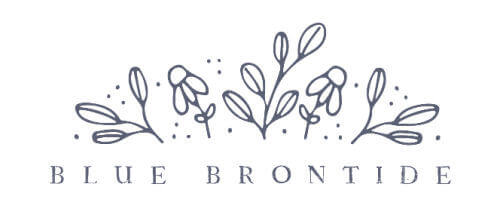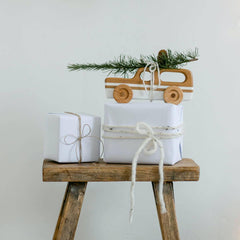A Blooming Guide to Edible Flowers: Adding Colour and Flavour to Your Plate
Whilst edible flowers may seem like the latest fad with restaurants currently scattering them on well just about everything they can, and even supermarkets like Tescos, Sainsbury and Waitrose now stocking ‘edible blooms to brighten up your salads’ all I can think is errrrm haven’t flowers been on the menu for well hundreds of years! Elderflower cordial, lavender scones, of course, Gin being a few of our firm favourites here!
But like Grandma said “everything comes back into fashion be it clothes, or food” I’m just not entirely sure this ever truly went out of fashion, instead this has just become the latest obsession and instead of being thought of as something hippies who forage do it's now seen as hip! Funny what a bit of clever marketing can do!
Now ice cubes seem almost naked unless their a leave or bloom trapped inside and what's a cake without some crystallised violets encased in egg white and castor sugar! Instagram has, of course, helped with this apparently new fad with you hardly being able to scroll through your feed without another scattering of flowers on another food bloggers latest dish but whether flowers in your diet is a modern addition or not you can’t deny edible flowers are soooo pretty!

Eco-friendly Wooden Ice Lolly plates
H e r e ' s o u r G u i d e t o E d i b l e F l o w e r s ❀
R O S E – Sweet & tart, petals can be used fresh or dried. Can be used to make tea or rose water which can be added to desserts.
L A V E N D E R – Available mid-summer. Sweet & herbal, buds can be mixed with sugar to be used in baking or beverages.
E L D E R F L O W E R – Best collected right after the buds have opened, otherwise could be bitter. Sweet-scented and in season end of May through to mid-end of June. Stems are not to be eaten as they are poisonous.
V I O L A – Like pansies, but smaller! Pick when young to add to salads or can be used as a garnish for cakes.
C H R Y S A N T H E M U M S – Use the petals only! Come in a rainbow of colours and a wide range of flavour’s from peppery to pungent.
S N A P D R A G O N – Distinct bitter flavour, like Marmite you’ll either love them or hate them!
H I B I S C U S – Native to the tropics usually dried to make tea but petals can also be added to salads or sugar-coated.
C O R N F L O W E R – Easy to grow. With a mild clover-like taste, perfect for floral teas and decorating cheese!
S W E E T R O C K E T – One of my favourites, with a sweet fragrance these are perfect for savoury dishes such as rice and salads.
G I A N T H Y S S O P – You can use both the leaves and flowers on these perennials and is commonly used to make a floral tea with but can be used for a wide range of dishes such as pasta and salads or as a flavouring to sugar and butter.
C H A M O M I L E – Another plant were both the leaves and flowers can be used, mostly used for chamomile tea to aid sleep but can also be added to bread, cake, biscuits and desserts.
W I L D P R I M R O S E – A native wildflower to Britain this perennial is perfect for cake decoration, young leaves are also a great addition to salads.
S W E E T R O C K E T – Varies from dark purple to lilac these peppery tasting flowers are an obvious perfect addition to sandwiches and salads.
N A S T U R T I U M – In a wide range of colours this is the perfect edible flower as the flowers, leaves, stems and seeds are all edible! Great for salads (of course) but can be used to make pestos and soups. Did we mention the bee’s love these little flowers?
D A I S Y – These little flowers don’t have much of a taste but they are easy to find with most gardens growing them, do make a pretty addition to salads.
S U N F L O W E R – These happy flowers can be used whole, blanch the whole buds and serve with flavoured butter, delicious!
As with all plants, if you are not sure of identification do not eat them!
RHS members can send images to gardeningadvice@rhs.org.uk for help with identification.
Other things to take into consideration as stated by the RHS are ☞
- Avoid old, faded or dusty flowers from roadsides and areas frequented by livestock or dog walkers
- Beware of bees and remove small insects from flowers by dipping them in a bowl of cold saltwater and dry on a paper towel
- People susceptible to allergy, especially pollen, should not eat flowers
- Insects and diseases are best dealt with by cutting back and encouraging regrowth as no pesticides are specifically approved for use by home gardeners on edible flowers
So there you have it—edible flowers aren’t just a passing trend; they’re a revival of something long cherished. From classic elderflower to the exotic hibiscus, these vibrant blooms add beauty, flavor, and a touch of whimsy to every dish. With such variety, there’s a bloom for every taste, so why not bring some petal power to your plate? Whether you’re adding a pop of colour to your salad or a hint of floral sweetness to your dessert, it’s all just Blooming Marvellous! 🌸




